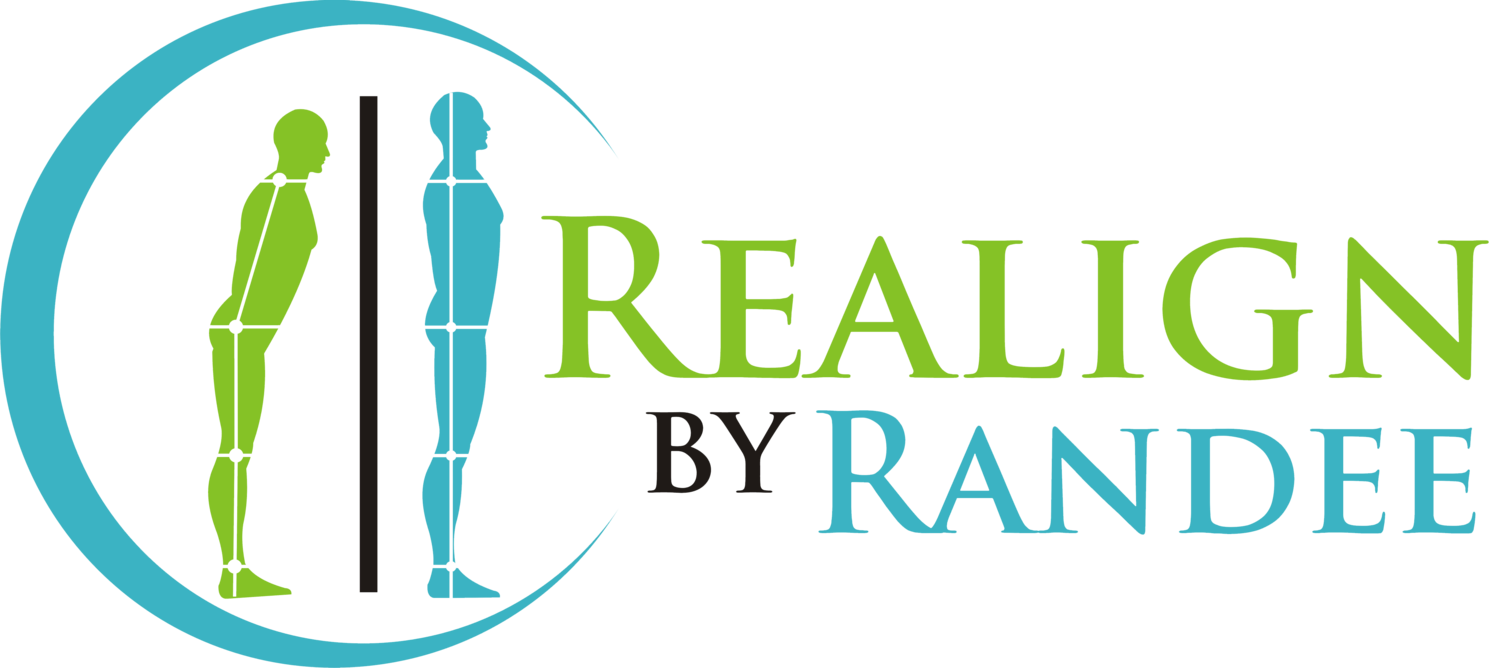Headache Be Gone!
Headaches can be one of the most frustrating symptoms to deal with. There are many types of headaches like migraines, sinus, tension, rebound, hormonal, exertion, hypertension, and side effects to medication. A tension headache is one type that can really throw you out of swing of your routine. Migraine headaches can debilitate us.
Headaches are a message or signal from our body. It is a sign we need to attend to the body. These messages can result in a better outcome the sooner we listen. Our body is telling us to pay attention to things like our food and water intake, environment, sleep, and activities. So, what do headaches have to do with posture and movement?
Forward head is the most obvious connection of posture to headaches. Our body is connected, especially through the fascia system (the covering over muscles that connects muscles to each other), believe it or not, what is happening down below can be the root of your headache. Different deviations from your toes all the way up to our head can be playing a factor in your pain. I love this scenario: in posture alignment sessions when we help create better length of the calf all the way up to the back of the head and someone’s headache complaints of many years improve like never before. Muscle changes allow the spine to improve its natural curvature, being a piece to the puzzle of solving long term headache issues.
Tension headaches are caused as muscles are shortened on the front and back sides of the head. This can decrease blood flow and oxygen, or it can press on a nerve. The muscles around the face and neck have nerve connections and referral patterns to the head compounding this further. All of this results in pain and other sensations like light sensitivity or nausea.
An inactive lifestyle and bad habits can be directly linked to those intense headaches you experience from time to time. For example, when sitting down, your hips and pelvis along with the surrounding areas begin to tighten up the longer you stay in the same position. When those muscles and joints tighten, other areas in the body do as well. As the movement becomes more limited, our bodies compensate by muscles pulling in ways they normally shouldn’t. Eventually, the muscles around the spine do not function properly, followed by the shoulders and neck tightening as well.
Bad posture, tightness, and habits like looking down at your phone constantly allow your head to slowly deviate from being aligned with the rest of the body. Once your head leans slightly forward or backward compared to normal, it puts stress on the muscles in the neck, causing them to tighten. Tight neck muscles increase the risk of one experiencing headaches.
If you have been medically cleared with blood tests, MRI and/or CAT scan, take a closer look at your posture and your habits before taking another prescription. Find a connection in your body and take a moment to listen to your body - Trust your instincts. An easy place to start is drinking more water, decreasing stress, practicing deeper breathing and looking in the mirror for posture habits. For more self-posture tests check out my Instagram account (@realignbyrandee)
